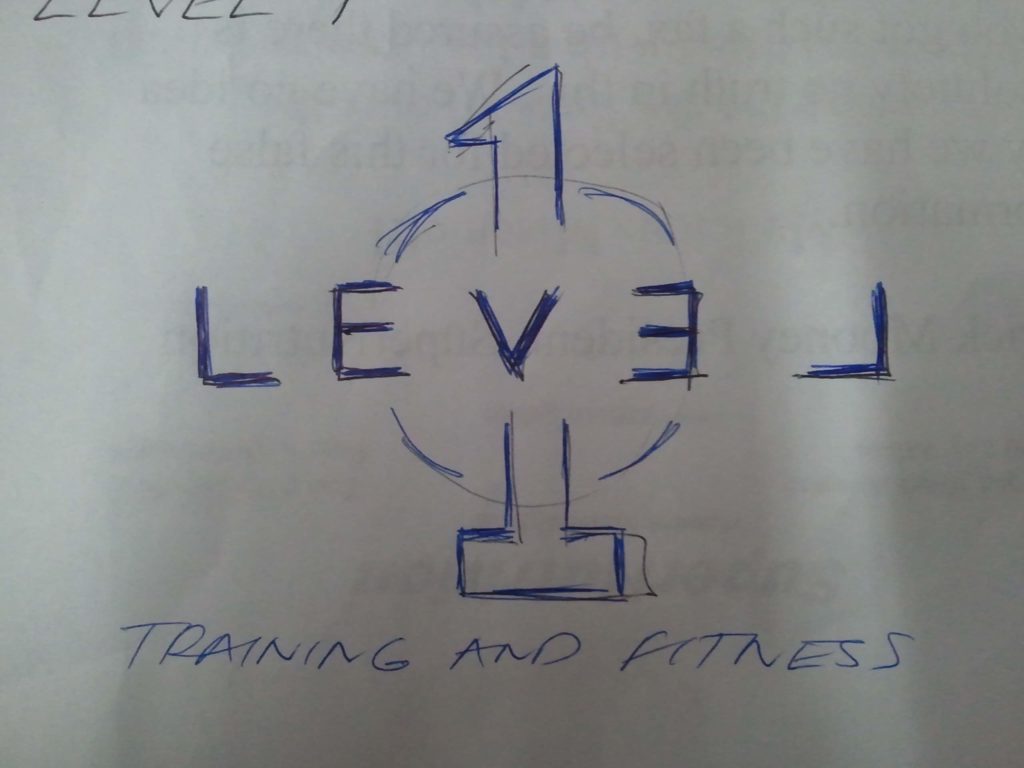(from Level One Training and Fitness, April 2013)
2013 ACSM Health and Fitness Summit, Las Vegas, NV
What happens in Vegas, stays in Vegas… mostly! 🙂 Many of you have started learning some of the new TRX moves I picked up at the Conference while others have been privileged to experience an incredibly tough “body transformation” TRX circuit. But, there’s still more to come in the way of sleep, fat in the diet, the latest in HIIT, and much, much more. In fact, I was writing down so much information so quickly during the breakout sessions that I’m having to learn to decipher my own handwriting! In any event, look for the latest info in upcoming newsletters as well as the blog located here. Remember, if you have any questions regarding something you may have heard or read, please don’t hesitate to give me a call or shoot me a text or email.
Proteins and Carbs (part 2 of 3)
Last time, we talked a bit about glycogen in the muscles and carbs before and after workouts, but what about those of us who are pretty hardcore about achieving that which we once felt was unachievable? To have those “guns” on our arms, that six-pack on our midsection, the toned or muscular legs attached to an equally toned or muscular butt? Or how about those who are pursuing their first half or full marathon? There is some argument (for and against) “fueling” during workouts, i.e. having some type of mid-workout drink which contains both carbs and protein, but it appears to be dependent on whether or not you are in a high performance, training mode. By that, we mean training for a competition of some sort. After all, the logic makes sense: “If I’m in a catabolic or de-constructive state during my workout, I need a steady fuel supply to reduce the effect as much as possible.”
If you feel you fall into the category of “high performance” athlete where your workouts frequently last longer than one hour, then it may be a good idea to check in with a sports dietitian who can provide you with the specifics as to what to consume during your workouts and for that matter, the rest of the day. For those who consider themselves “professional amateurs,” it’s a good idea to keep your workouts to roughly one hour maximum with a good, quick carb recovery drink post-workout followed by a good, sensible, and healthy dinner within a couple of hours. Remember, your glycogen stores are depleted usually by about the 30 minute mark of your workout, give or take your personal body chemistry and metabolism and you don’t want your body to start cannibalizing itself for energy.

We can hear the gentlemen yelling in the distance, “So what about the protein?!” Well, it all depends on which trainer you talk to, which way the wind is blowing when you speak with them, not to mention whether it’s low tide or high tide. In all seriousness, in most of our research and discussions with nutrition professionals, a protein supplement is just that, a “supplement” or something “in addition to” your regular meals. There are those who are not in favor of protein supplements because they believe you can obtain the same or better through consumption of lean beef, poultry, and fish and we agree. For the majority of the population, there is no need for a protein supplement provided you are eating proper, well-balanced, nutrient-dense meals. Personally, we prefer the convenience in a protein powder; no cooking, no prep. 30 seconds, you’ve got a shake. But remember, it’s a “supplement,” NOT a “substitute.”
As a reminder, the daily protein needs range varies from 0.8 g/kg in the average person up to 1.7 g/kg for the resistance training athlete (bodybuilders). Remember to take your weight in pounds and divide it by 2.2 to obtain your weight in kilograms. Then, multiply it by your desired requirement to obtain your daily requirement. If you want to take it one step further, divide that figure by however many meals a day you plan on having; i.e. if you have 3 meals a day, divide the figure by 3. This will give you a “steady fueling” state so your body is never “wanting” or lacking a source of protein throughout the day.
In the final segment of our three part series, we’ll talk about creativity in using a supplement and other ingredients to turn a shake into a meal, our favorite shake recipe, and when enough is enough when it comes to shakes; it is entirely possible to have too much of a good thing.
Odds and Ends
Remember to check out our new and improved website. Information on the website is more readily accessible namely because the website has a search feature. In addition to our Facebook page, we also have a Twitter account, as well as a professional contact page on LinkedIn.
Speaking of useful information, there are quite a few links on the resources page dedicated to flexibility/stretching. The vast majority of the population find themselves lacking a full range of motion in many joints, particularly in the shoulder and hip. Barring any pre-existing condition, even a modest improvement in flexibility can be gained within a few days by consistently engaging in a regular course of stretching on a daily basis. Remember, each stretch should be done for a minimum of 20 seconds, preferably 30 seconds. You should feel some discomfort, but never any pain. You should concentrate on the stretch so your body can “learn” and “retain” the signals you are sending it by way of the stretch. You should also employ controlled breathing and conscious relaxation techniques so you can derive the maximum benefit of the stretch while you’re doing it.
Until next time, please be sure to Contact us with any questions we can help answer for you!


